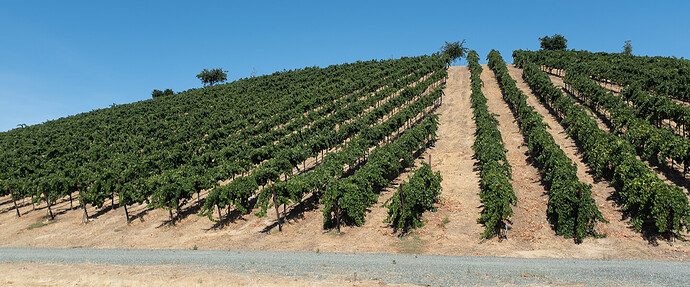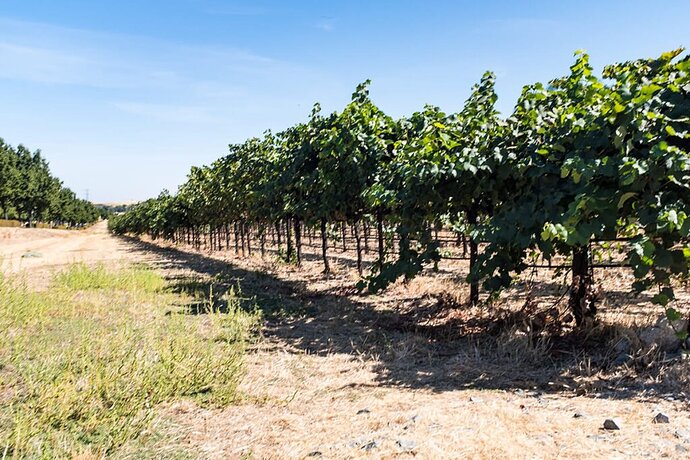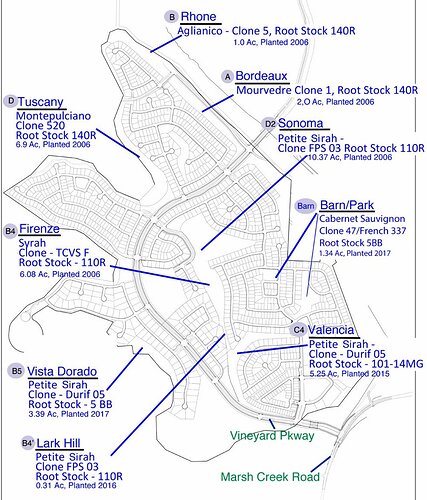My bad! I should have trusted your spelling abilities.
"Grape Varieties grown at Marsh Creek at the Vineyards: "Mourvedre:
“Village ‘Bordeaux’
Clone 1
Rootstock 140R
Year Planted 2006
Spacing 5’ x 8’
Acreage 2.0
Orientation North-South”
Vineyards at Marsh Creek might apply to the broader neighborhood; Trinity at the Vineyards appears to be the designation for Club Los Meganos’ +55 residential complex (a Shea Homes development project).
Perhaps wineries are contractually bound to use the “Trinity” name on their labels to add prestige to the housing community. Honestly, I use the names interchangeably.
Doren Wines s website:
Doren Wines
Premium Cabernet Sauvignon from Sonoma Valley
Vineyards at Marsh Creek website:

Vineyards at Marsh Creek – Handpicked Italian & Rhone Varietals
Trilogy at the Vineyards website:
https://www.mytrilogylife.com/vineyards/
Shea Homes’ profile for Trilogy at the Vineyards:

Trilogy® at The Vineyards
Available homes at Trilogy® at The Vineyards in Bay Area. https://www.sheahomes.com/new-homes/california/bay-area/brentwood/trilogy-at-the-vineyards/

